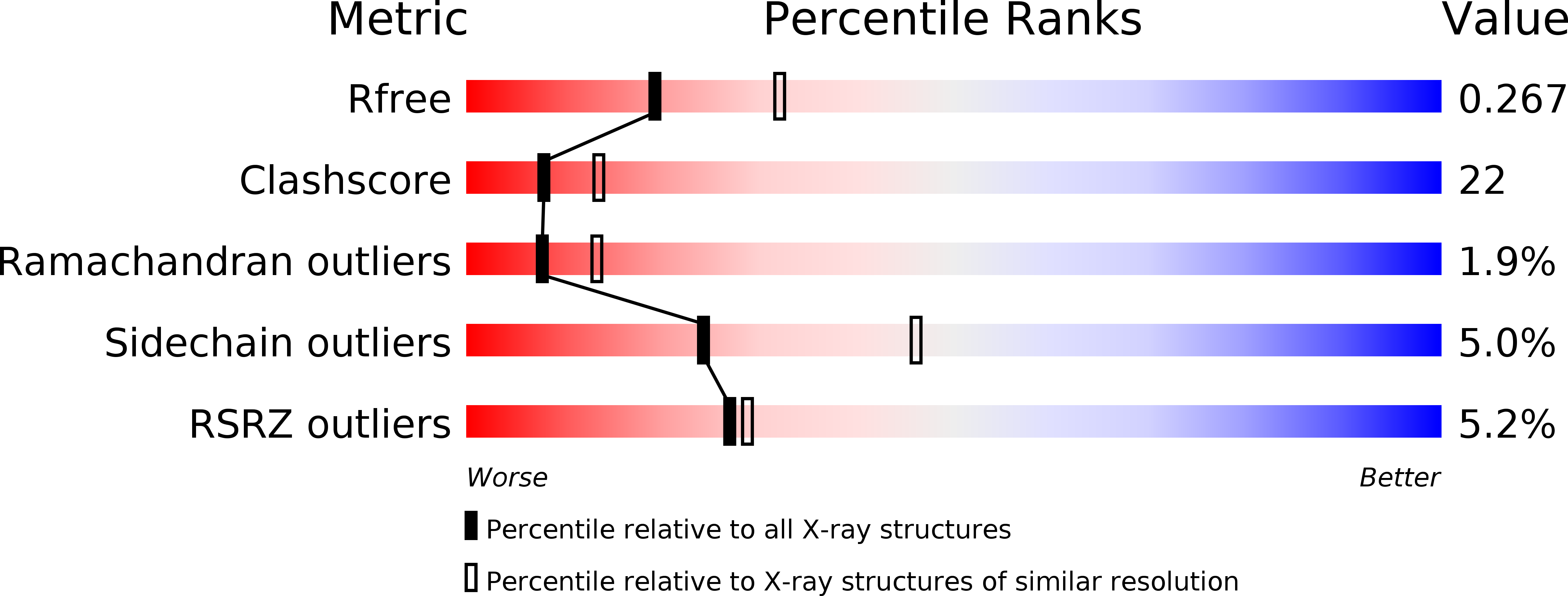
Deposition Date
2006-10-30
Release Date
2007-07-17
Last Version Date
2023-08-30
Entry Detail
PDB ID:
2NQ8
Keywords:
Title:
Malarial enoyl acyl ACP reductase bound with INH-NAD adduct
Biological Source:
Source Organism:
Plasmodium falciparum (Taxon ID: 5833)
Host Organism:
Method Details:
Experimental Method:
Resolution:
2.50 Å
R-Value Free:
0.27
R-Value Work:
0.21
R-Value Observed:
0.21
Space Group:
P 43 21 2


